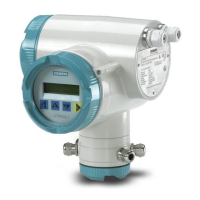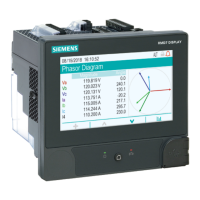Siemens AG
SIL Safety Manual ULTRAMAT 6 Gas analyzers 8 of 19
A5E00729183-02
2.2 Safety Integrity Level (SIL)
Definition: SIL
The international standard IEC 61508 defines four discrete Safety Integrity
Levels (SIL) from SIL 1 to SIL 4. Each level corresponds to the probability
range for the failure in a safety function. The higher the SIL of the safety-
instrumented system, the higher the probability that the required safety
function will work.
The achievable SIL is determined by the following safety characteristics:
• Average probability of dangerous failure of a safety function in case
of demand (PFD
AVG)
• Hardware fault tolerance (HFT)
• Safe failure fraction (SFF)
Description
The following table shows the dependency of the SIL on the average
probability of dangerous failures of a safety function of the entire safety-
instrumented system (PFD
AVG). The table deals with “Low demand mode”,
i.e. the safety function is required a maximum of once per year on average.
SIL PFD
AVG
4 ≥ 10
-5
… < 10
-4
3 ≥ 10
-4
… < 10
-3
2 ≥ 10
-3
… < 10
-2
1 ≥ 10
-2
… < 10
-1
Table 2-1 Safety Integrity Level
The “average probability of dangerous failures of the entire safety
instrumented system” (PFD
AVG) is normally spilt between the three
subsystems in the following figure.
Figure 2-2 PFD distribution
The following table shows the achievable Safety Integrity Level (SIL) for
the entire safety-instrumented system for type B systems depending on
the proportion of safe failures (SFF) and the hardware fault tolerance
(HFT). Type B systems include sensors and positioners actuators with
complex components, e.g. microprocessors (see also IEC 61508, Section
2).
012
<60% Not allowed SIL1 SIL2
60 to 90% SIL1 SIL2 SIL3
90 to 99% SIL2 SIL3 SIL4
>99% SIL3 SIL4 SIL4
HFT
SFF
Sensor
e.g. Gas
Analyzer
Control
system or
logic unit
e.g. PLC
Final control-
ling element
e.g. Valve

